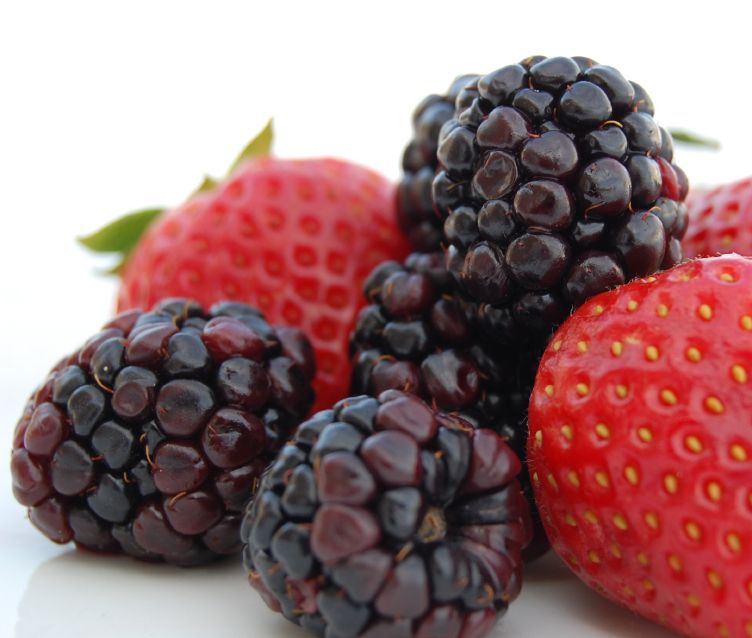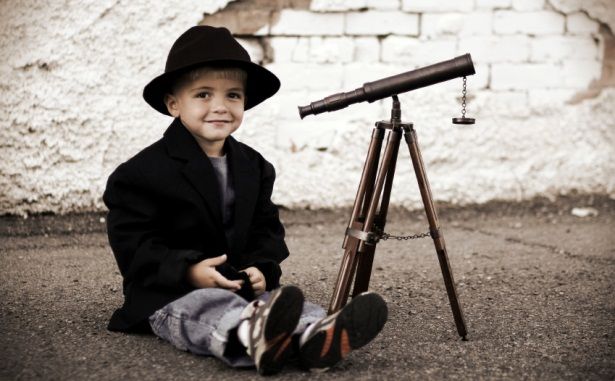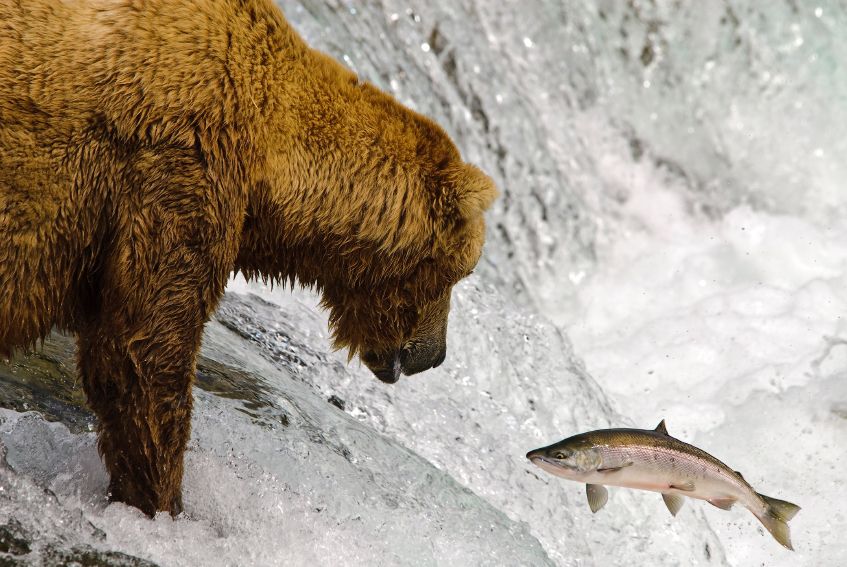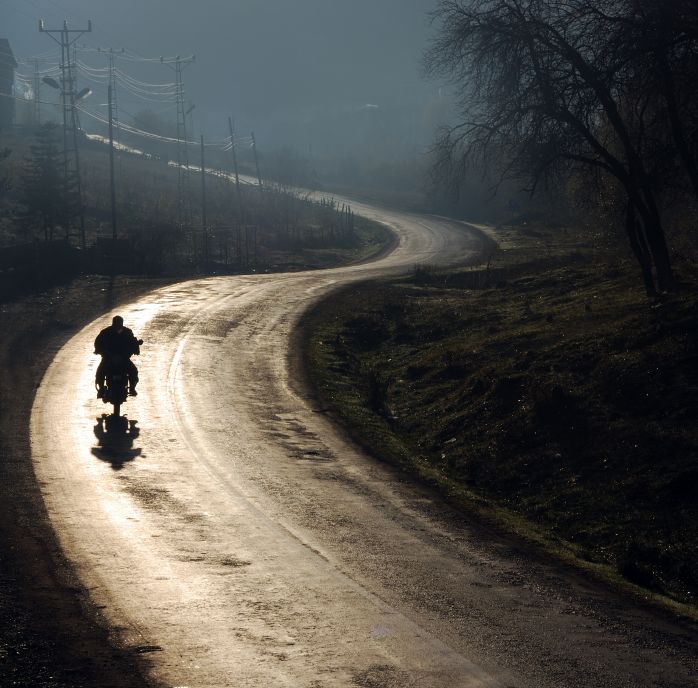There's a lot of money to be made in tomatoes. Even more in dandelion flowers. And as for handshakes in front of buildings, well, that's just a surefire way of clocking up the cash. If you happen to be a stock photographer, then you'd probably be nodding your head in agreement by this point but, for those who aren't in the game yet, welcome to the art of turning your pictures into pesos.
"We're not after snaps," says iStockphoto chief of operations Kelly Thompson. "It's no good sending in beach shots from your summer holidays. That's just not the kind of thing we take. First, your images have to be in pin sharp focus, they have to be well lit and, ultimately, we have to ask ourselves, 'Will this make good stock?'."
Stock photography has been around since the the 1920s, and was originally there to provide the printed press with licensed images that the media could buy to legitimately publish in their newspapers minus the worry of any issues of copyright. It was a way of getting around the problems of sourcing pictures without having to hire a photographer. After the papers got hold of the idea, the corporate sector began to use it too for promotional materials and campaigns. Small businesses then came in such as restaurants and shops which needed to advertise their services with good looking, professional imagery and so, a very vast and specialist field of photography was born.

The rise of the Internet has made stock not only more searchable but, in combination with the era of digital cameras, it's also become much cheaper too. iStockphoto is one of the leading online stock sources, with 90,000 registered artists submitting around 65,000 photos each week and a user base of 1 million customers browsing its assets. The payments for each may be small, but with one image sold every second, the numbers quickly stack up in iStockphoto's favour. Naturally, the photographers are okay too. They'll take 20-40 per cent of the cut each time with the company paying out $1.7 million to them each and every week, but, as Thompson puts it, it's the classic 20/80 rule - 20 per cent of the contributors are making 80 per cent of the money.
"There's really three types of registered photographer," he says.
"There's the professionals making a career out of it, there's people who've uploaded one or two shots and are just fooling around, and then there's the ones in between who are the keen enthusiasts with a few good shots up there and making about enough each year to buy a new lens."
To become an iStock photographer in the first place, you have to answer an online questionnaire to check that you have some idea about cameras. Even still, 40 per cent of the shots submitted are rejected, most often for reasons of not being technically good enough.
"We need to see that people have thought about light. There can't be bad shadows everywhere and having too much noise from a high ISO is a classic reason for failure as well."
It may sound harsh but with each rejection comes an explanation of why the submission wasn't successful and sometimes the odd pointer as to how you could improve. It's very much a community effort and, indeed, it's some of the top registered photographers that are the inspectors themselves.
"When we see someone consistently coming through with great images, we make a note and eventually might ask them to be inspectors. They make some good money doing it and, for them, it's a great way to support the rest of their professional photography. As well as that, if you like photography, then what better way to start the day than to sit there drinking your coffee, flicking through some fantastic shots and getting paid to do it? That's your morning's work."
We admit, it's seriously tempting but, unfortunately, there is a dark side to remember about this seemingly idyllic life as well. This is stock photography. Not art. And there's a great deal of fairly bland images to sift through for the corporate world as well as the stunners that turn up.
"Some of the best photos don't get used that much because they're just not what designers are looking for. For us, it's actually often designers themselves that make the best stock photographers because they understand what people want."
"Still life of food is a very common one and images of families, and each time we get another one of a handshake in front of a building, part of me wants to shoot myself in the head but these are the kinds of royalty-free images the designers need for advertising campaigns and brochures."
For that reason, there can be no logos or anything pertaining to one in sight, anywhere in your images. Even so, as much as three stripes on the side of an Adidas trainer would be enough for rejection and every person pictured needs to have signed a release to say it's okay to use their likeness. But, it's not all dull and drab either. There are photographers such as a Russian contributor called Elena Vozerskaya creating some truly stunning works, whether they're being downloaded much or not.

The number one iStockphoto image of all time though is a picture of a little girl blowing a dandelion flower in a field on a sunny day.
"It's just a perfect stock image," says Thompson. "It just captures a very specific meaning of wholesomeness and nature and ecology at the same time; it's technically perfect and it's also framed in such a way that it's very easy to put your company logo in the space on the background. It's been downloaded over 18,000 times and we've now got hundreds of copycat versions of it as well. The lady who took it managed to get enough money for it to send her daughter through college."
You don't need to be a pro to be able to capture a winner though. The metadata associated with each shot tells iStockphoto exactly which cameras are being used as well as the exposure settings too. There are plenty of contributors out there using compact cameras and even some still working with film.
"We actually have awards each year and one of them is the 'Most deserving of a new camera award' where we give the winner a new machine to use. Canon seems to be the number one choice with Nikon close behind and we've recently seen Sony coming up strong in third as well. It's generally the higher end consumer cameras that tend to be the sweet spot. The Nikon D90 is the classic level."
Despite recent advances though, there's still not much seen of any of the Micro Four Thirds systems and, as for lenses, there's not one type used more than any other. The other benefit of knowing which cameras have been used are that iStockphoto can actually see when a particular model's shots are being rejected on the same grounds very often.
"It's a really good indicator that there's something wrong with a camera. Quite a few times we've gone back to the manufacturers with our information. It's great feedback for them to know."
For the people on the other end, iStockphoto is redesigning its website and has just released an app for the iPhone which allows designers to browse through images and save them to a lightbox of their own while they're out and about. The site's search is what serves it best though, with a new hierarchical system that was brought in after the company was bought up by Getty Images. It'll now automatically translate the keywords into 12 other languages - rather useful considering that 55 per cent of the customers don't speak English.
So, if you fancy yourself as a stock artist or you're a designer looking to find a reasonably priced way of getting some images together, you could do a lot worse than head iStock's way. You'll find forums and communities with tips on how to best go about it and maybe even something soon on Pocket-lint on how to take a few lucrative shots yourself.



